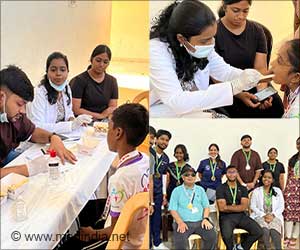
Sandra Amaral, MD, MHS (The Children's Hospital of Philadelphia and The University of Pennsylvania) and Peter Reese, MD, MSCE (The University of Pennsylvania) led a team that examined whether local organ supply influences waiting times for children. They also sought to examine whether the allocation of organs to other higher priority candidates impacts waiting times for children on the deceased donor kidney waiting list.
Their study included information concerning 3764 individual listings for pediatric kidney transplantation from 2005 to 2010. For each donor service area, the investigators assigned a category of short (less than180 days), medium (181 to 270 days), or long (greater than 270 days) median waiting time and calculated the ratio of pediatric-quality kidneys to pediatric candidates and the percentage of these kidneys locally diverted to adults.
The researchers found that there is substantial and very concerning geographic variation in deceased donor kidney waiting times for children across the United States, with median waiting time ranging from as little as two weeks to as long as three years. In some cases, donor service areas with very long pediatric waiting times are right next to donor service areas with very short pediatric waiting times.
The investigators did not find that differences in waiting times were driven by the distribution of organs to other higher priority candidates. Waiting times for children were, however, affected by the local supply of high quality organs.
"Despite an allocation policy that provides preferential allocation to children, our study findings suggest that the current allocation system is failing children who have the misfortune of living in areas with the greatest organ shortage," said Dr. Amaral. "These results should be considered when new approaches to reduce inequities in transplant access across the country are examined."
Advertisement
Source-Eurekalert













